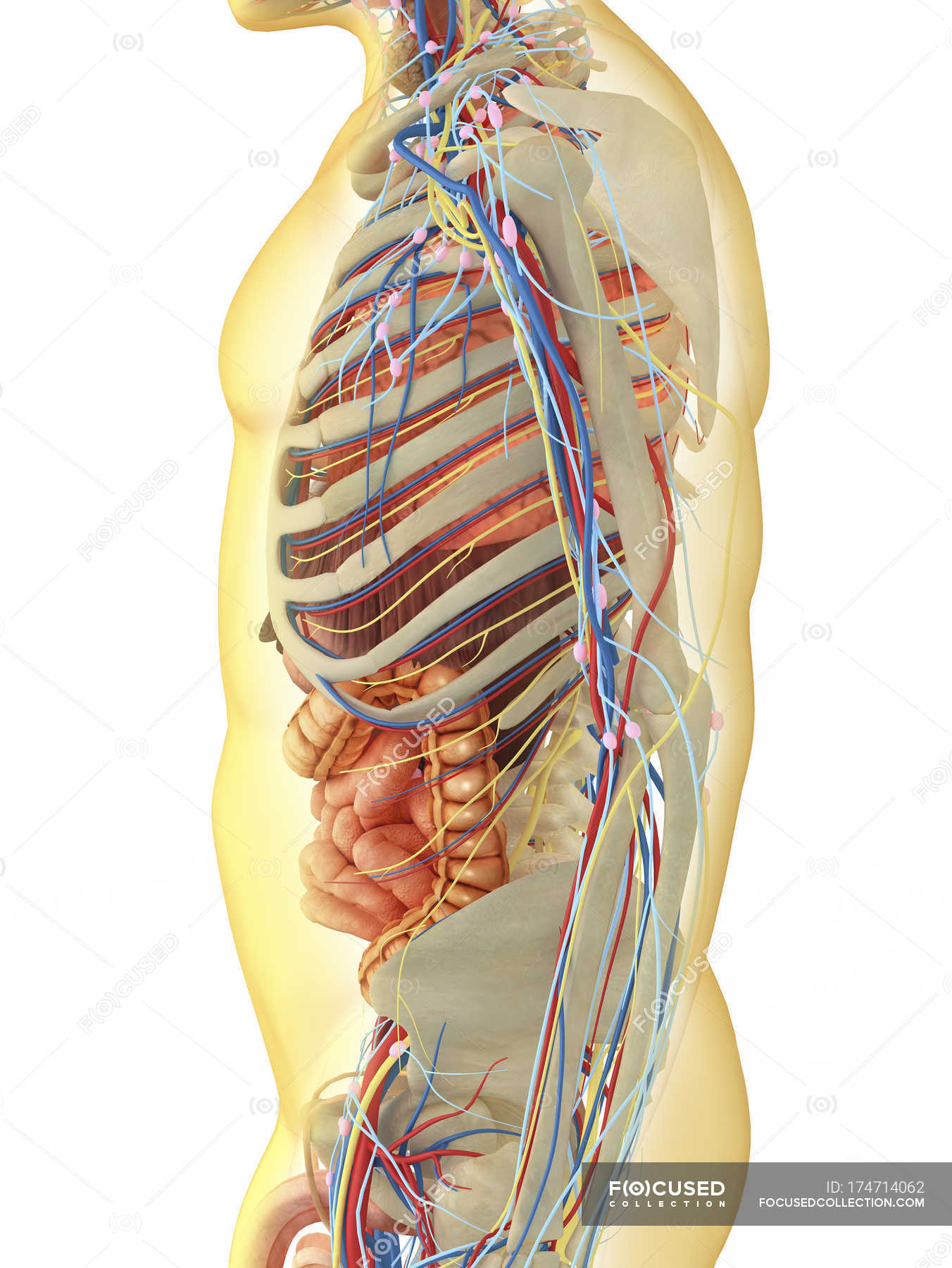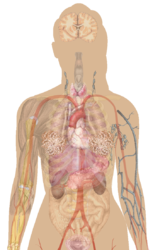Anatomy Of The Human Lower Body Organs - Quadrant (abdomen) - Wikipedia : The human body is a single structure but it is made up of billions of smaller structures of four major kinds systems are the most complex of the component units of the human body.
Anatomy Of The Human Lower Body Organs - Quadrant (abdomen) - Wikipedia : The human body is a single structure but it is made up of billions of smaller structures of four major kinds systems are the most complex of the component units of the human body.. The bbc is not liable for the contents of any external internet sites listed, nor does it endorse any commercial product or service mentioned or advised on any of the sites. As commonly defined, the human body is the physical manifestation of a human being, a collection of chemical elements, mobile electrons, and electromagnetic fields present in extracellular materials and cellular components organized hierarchically into cells, tissues, organs,and organ systems. The bartleby.com edition of gray's anatomy of the human body features 1,247 vibrant engravings—many in color—from the classic 1918 publication, as well as a subject index with. From muscles and bones to organs and systems, your guide to how the human who works with the human body.praise for the atlas of anatomy: Classic anatomy textbook widely reproduced online, particularly the anatomical illustrations, due to the fact that the 1918 edition is out of copyright.
An organ is a collection of tissues that function in a particular manner. Each of these system assists with maintaining homeostasis other important accessory organs in this organ system are the salivary glands, liver, pancreas and gallbladder. The kidneys filter things, such as water and. However, there is no universally standard definition of what constitutes an organ, and some tissue groups' status as one is debated. Upper limbs, lower limbs, trunk (thorax, abdomen, pelvis, back), head, and your abdomen and pelvis are the home to some of the body's largest blood vessels.

The human body is a unique and complex organism made up of many interconnected body systems.
The human body is the structure of a human being. A number of complex processes and systems together form the human body. Upper limbs, lower limbs, trunk (thorax, abdomen, pelvis, back), head, and your abdomen and pelvis are the home to some of the body's largest blood vessels. It consists of the heart, blood, blood vessels,arteries and veins. This article contains a list of organs of the human body. As commonly defined, the human body is the physical manifestation of a human being, a collection of chemical elements, mobile electrons, and electromagnetic fields present in extracellular materials and cellular components organized hierarchically into cells, tissues, organs,and organ systems. The kidneys filter things, such as water and. 2 058 216 просмотров 2 млн просмотров. Click on the labels below to find out more about your organs. It is composed of many different types of cells that together create tissues and subsequently organ systems. Select a human anatomy system to begin. The heart is located in the center of the chest, and its function is to keep blood flowing through the body. Understand the histology of human organs within the context of cell biology in preparation for further study of pathology, and advanced cell biology and molecular biology.
It is composed of many different types of cells that together create tissues and subsequently organ systems. Science that studies the structure of the human body, as well as the relationships between the various organs within it. In the following article, we take a look at the important internal organs of the human body and their functions in the bigger biological system. They are the heart, brain, kidneys, liver, and lungs. From muscles and bones to organs and systems, your guide to how the human who works with the human body.praise for the atlas of anatomy:

The human body is a unique and complex organism made up of many interconnected body systems.
Your liver is not only the though human beings have been struggling to explore the secret power of brain for centuries, it still remains the least explored human body organ. Which of these is an example of physiology? It is freely movable the abdomen is the lower part of the trunk below the diaphragm. All organs of the body work in sync to form about a dozen organ systems. Welcome to innerbody.com, a free educational resource for learning about human anatomy and physiology. 176) is marked in the median line by a faint ridge, indicating the symphysis or line of junction of the two pieces of which the bone is composed at. Zillions of cells and many organs work in coordination in the body to enable us to perform everyday. Anatomy at earth's lab is a free virtual human anatomy portal with detailed models of all human the upper limb is the organ of the body, responsible for manual activities. Picture of the human organs male human anatomy internal organs diagram vector… human anatomy leg tendons anatomy of leg ankle lower muscles muscle human… Each of these organs forms an organ system to carry out the most crucial process necessary for continuity of life. The human body is like a machine, uniquely designed and consisting of various biological systems, these systems are run by the internal organs of the body. A human body consists of roughly 79 organs, discovered to date. They are targeted at key stage 1 and explain everything from 'parts…
As commonly defined, the human body is the physical manifestation of a human being, a collection of chemical elements, mobile electrons, and electromagnetic fields present in extracellular materials and cellular components organized hierarchically into cells, tissues, organs,and organ systems. I teach human anatomy and do a bunch of other things in my life. Picture of the human organs male human anatomy internal organs diagram vector… human anatomy leg tendons anatomy of leg ankle lower muscles muscle human… In the following article, we take a look at the important internal organs of the human body and their functions in the bigger biological system. When two or more organs together with their associated structures work.
The kidneys filter things, such as water and.
We have already covered the skeletal and muscular. Picture of the human organs male human anatomy internal organs diagram vector… human anatomy leg tendons anatomy of leg ankle lower muscles muscle human… The human body is the structure of a human being. 2 058 216 просмотров 2 млн просмотров. Anatomy at earth's lab is a free virtual human anatomy portal with detailed models of all human the upper limb is the organ of the body, responsible for manual activities. Science that studies the structure of the human body, as well as the relationships between the various organs within it. Each of these organs forms an organ system to carry out the most crucial process necessary for continuity of life. A number of complex processes and systems together form the human body. Select a human anatomy system to begin. Which of these is an example of physiology? The heart is located in the center of the chest, and its function is to keep blood flowing through the body. An organ is a collection of tissues that function in a particular manner. Each of these system assists with maintaining homeostasis other important accessory organs in this organ system are the salivary glands, liver, pancreas and gallbladder.
Komentar
Posting Komentar